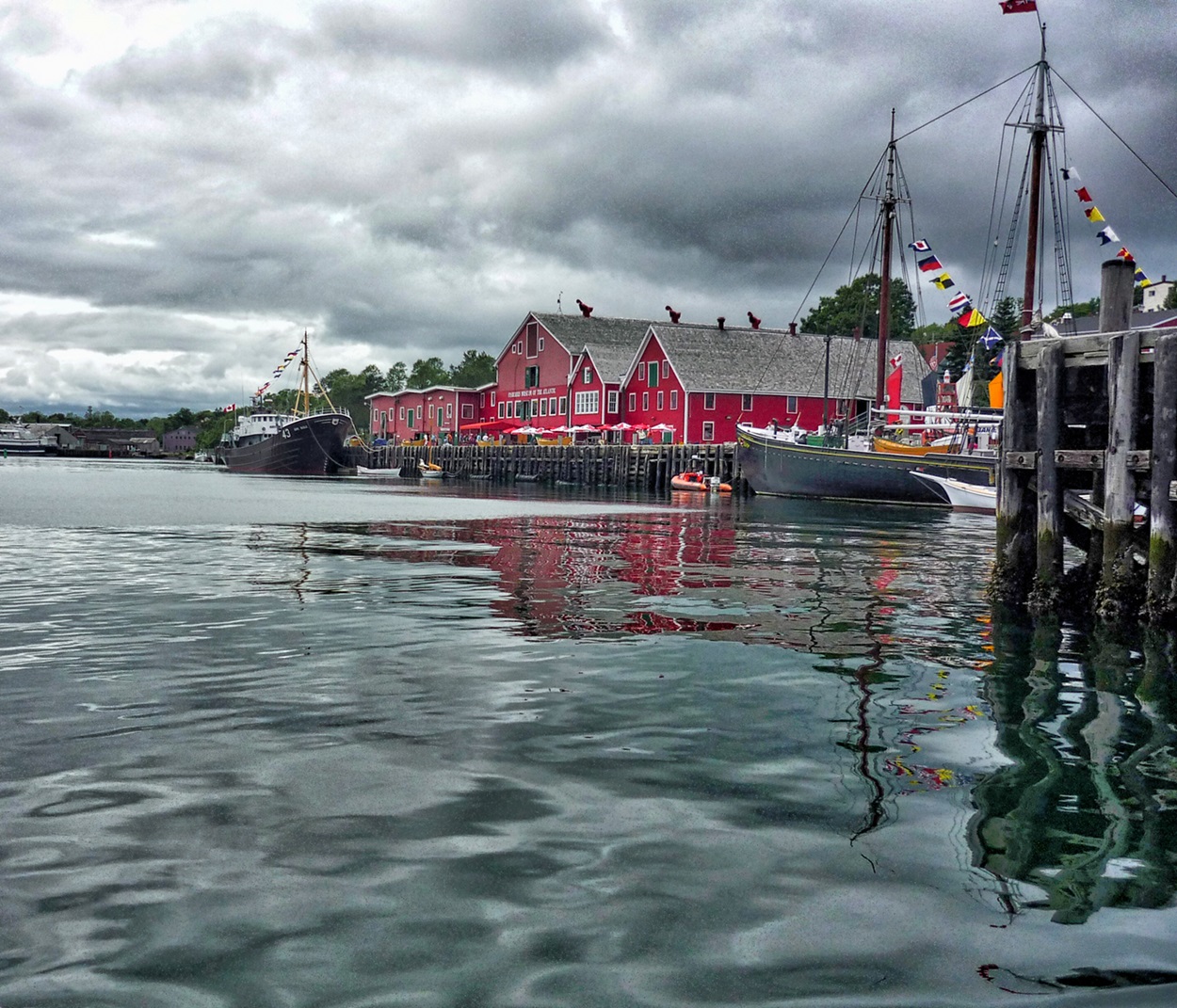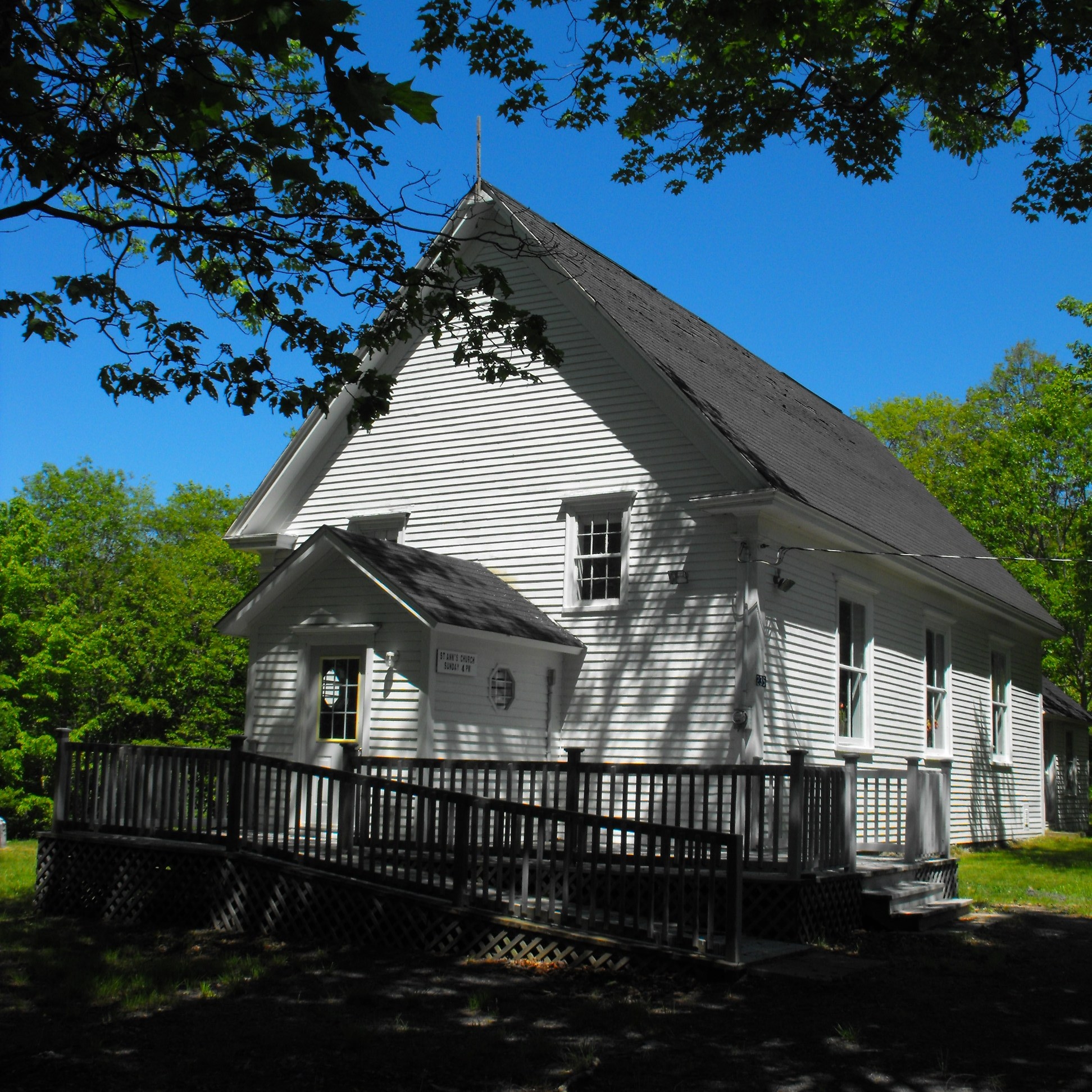Lunenburg, Nova Scotia, incorporated as a town in 1888, population 2,405 (2021 census), 2,262 (2016 census). The town of Lunenburg, the seat of Lunenburg County, is located on Lunenburg Bay, 90 km southwest of Halifax.
Settlement
Lunenburg is located on Mi’kmaq traditional territory. The Mi’kmaq call the town’s location E'se'katik or “place of clams.” To the French, it was known as Merliguesche. The site was a small Acadian settlement until the British began deporting Acadians in 1755 (see History of Acadia).
In 1753, the British government settled 1,453 “foreign Protestants” in Lunenburg. The settlers were recruited from southwestern Germany and the Montbéliard district of France and Switzerland. These mostly German-speaking people were intended to help counter the French and Catholic presence in Nova Scotia. The settlement was named for the royal house of Brunswick-Lüneburg, where King George I of England came from. Each settler was granted a free town-and-garden lot and farm acreage in the county. The town’s grid-like plan mirrored that of Halifax.
Despite initial hardships, by the late 18th century, Lunenburg supplied Halifax with many agricultural products. Lunenburgers had also entered the offshore fishery. They first fished off the Labrador coast. In the late 1860s, with the introduction of new trawling techniques, the town’s schooner fleet turned to the Grand Banks of Newfoundland and the Western Bank, southwest of Sable Island. The “Lunenburg cure” of dried cod found steady markets in the West Indies, particularly Puerto Rico.
“A boom of splendid proportions” (Lunenburg Progress, 1888) did not persist, however. The fish export trade became centralized in Halifax, where fast steamships left directly for the West Indies and US markets. Moreover, a preference appeared for fresh instead of dried fish. Local entrepreneurs, especially the Smith and Zwicker families, made adjustments to recapture lost trade. Beginning in the late 1920s, cold-storage equipment, processing plants and diesel-powered trawlers replaced cod-drying flakes and traditional schooners.

Economy and Cultural Life
Today, Lunenburg is home to one of Canada’s largest fish-processing plants. High Liner Foods Inc., the successor to several Lunenburg-owned firms, owns and operates the plant.
Lunenburg is also home to the Fisheries Museum of the Atlantic. The famous racing schooner Bluenose was launched from a local shipyard in 1921.
Several churches serve as examples of Lunenburg’s heritage architecture. These churches include Canada’s oldest Presbyterian (St. Andrew’s, founded in 1769) and Lutheran (Zion, founded in 1770), and second-oldest Anglican (St John’s, founded in 1754). Old Town Lunenburg was designated a national historic district in 1992 and a United Nations World Heritage Site in 1995. The film industry has been attracted to the town’s picturesque location and architectural heritage. The town hosts a craft festival in July and a folk festival in August. Lunenburg is also home to a local newspaper, The Barnacle, and several art galleries. Due to its rich heritage and culture, Lunenburg receives many tourists, especially in the summer.


 Share on Facebook
Share on Facebook Share on X
Share on X Share by Email
Share by Email Share on Google Classroom
Share on Google Classroom



